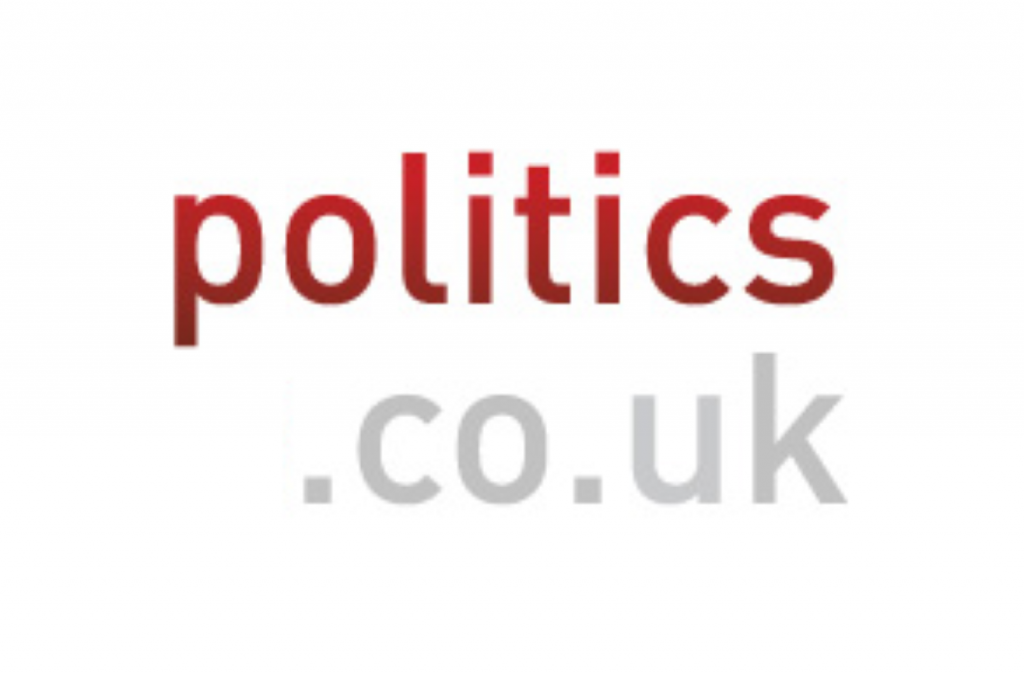Election 2010: The polls
All the latest poll data – and everything you need to be wary of – six months before the general election.
By Ian Dunt
Believe the polls, and it’s all over. The Tories will win. But British politics, with its first-past-the-post system, is never that simple. And with the boundary changes this parliament, there could be a few surprises in the works. But more on that later.
The basic rule to the current crop of polls is that the Tories hover around the 40 per cent mark, Labour struggle to break the 30 per cent barrier and the Lib Dems frolic down the bottom on around 20 per cent.


Take ComRes, one of the more consistent polls. The Tories have been on 40 per cent throughout October, not moving an inch. The only substantive change to the Liberal Democrat showing came in a quick bump just after their party conference in Bournemouth, towards the end of February. Labour, interestingly, has exhibited modest, but sustained, signs of recovery under ComRes, rising up from 23 to 28 per cent between the end of September and the middle of October.
IpsosMori polls are slightly more volatile and tend to show more substantial gains and losses for the parties, especially the Tories, who jumped seven points in less than a month in the tail end of the summer. That came from the Tories’ worst showing since September 2007, when the party dropped to 36 per cent during the Lib Dem conference. At the exact same time, Britain’s third party has seeing excellent poll results for its conference, with support up to 25 per cent on September 27th. By October 18th, that had dropped down to 19 per cent again. Business as usual.
The latest ICM poll for the Guardian put the Tories on 44 per cent, Labour on 27 per cent and the Lib Dems on 18 per cent. The Tories have only dropped below the 40 per cent mark twice in the last year, under ICM’s polls. In the same way, Labour has only managed to raise its head above 30 once or twice.
Labour has behaved more unpredictably that the Conservatives over the last year. Populus polls are a case in point. Their last survey for the Times, on October 11th, put the Tories on 40 per cent, Labour on 30 and the Lib Dems on 18. The poll is almost symbolic, it’s so normal. But Populus has shown a marked increase in Labour support since May, with the party rising from 21 to 30 per cent over the summer. Admittedly that’s merely a rise above utter catastrophe, but it’s worth noting. Meanwhile, Tory support dips and rises, but stays pretty level throughout the same period.
YouGov gives a fairly good indication of the state of play across all polls. The Tories always remain in the low 40s and Labour tends to remain in the late 20s/early 30s. A poll for the Times on October 16th saw the Tories on 41, Labour on 30 and the Lib Dems on 17. Two weeks later, and a poll for the Telegraph saw the Tories remain unchanged, Labour on 28 and the Lib Dems on 16.
All very well and good, but there’s a danger in extrapolating too widely from polling results due to Britain’s voting system. During the Conservative party conference in Manchester this summer, David Cameron urged members not to underestimate the scale of the task ahead of them. He was quite right.
Take the last general election, in 2005. The Tories earned 32.3 per cent of the vote to Labour’s 35.3. Close call you might think, but the party ended up with only 198 seats to Labour’s 365. The margin of consistent Tory support suggests an easy win, but it’s not as vast as it looks. That’s why so many insiders in government – including civil servants – are eyeing up Liberal Democrat policies closely in case we end up with a hung parliament.
And then there are the three wildcard factors: constituency boundary changes, the disaster of the expenses scandal, and the brains of voters.
The number of seats rises from 646 to 650 under proposals made by the Boundary Commission for England Wales and Northern Ireland (Scotland sorted this out before 2005). That put the benchmark for relating national vote share to seat outcomes at a different level, a level Colin Rallings and Michael Thrasher, authors of The Media Guide to the New Parliamentary Constituencies, have been trying to figure out. Under their figures, Conservatives need more than a 6.9 per cent national swing to get an overall majority. Anything between 4.3 and 6.9 per cent leaves them with a Tory hung parliament. Given the fluctuations in Labour’s fortunes, this is still well within the possible.
Next, things will be changing in the Commons. MPs are quitting in unprecedented numbers following the expenses scandal. At current levels, 72 Labour MPs, 29 Conservatives, six Liberal Democrats and two independents have confirmed they won’t contest the next election. That plays out in all sorts of way in local elections, where different MPs are held at different levels of affection, as the Norwich North by-election proved just before the summer break.
Finally, those pesky voters. Something strange used to happen during the Thatcher and Major years. Polls would consistently underplay Conservative support. Why? Voters didn’t like admitting to pollsters they voted Tory. They were the nasty party. Now that Labour is held in such abysmal regard, who know if the same doesn’t hold true for them.

